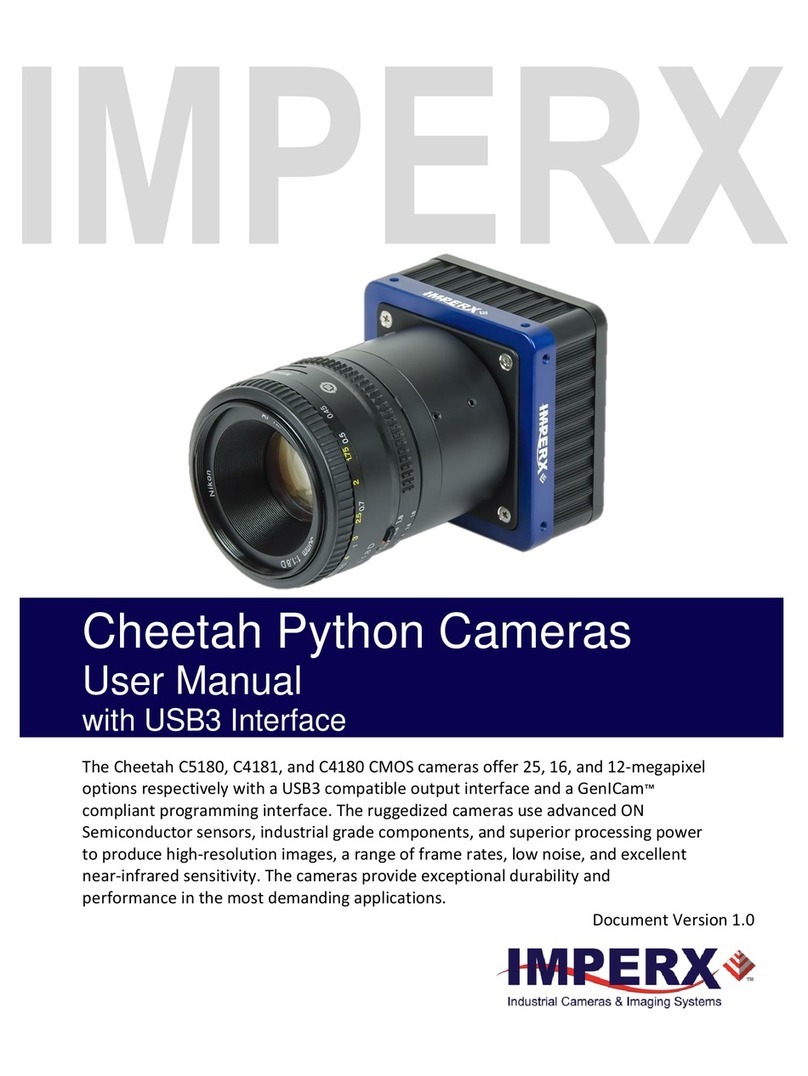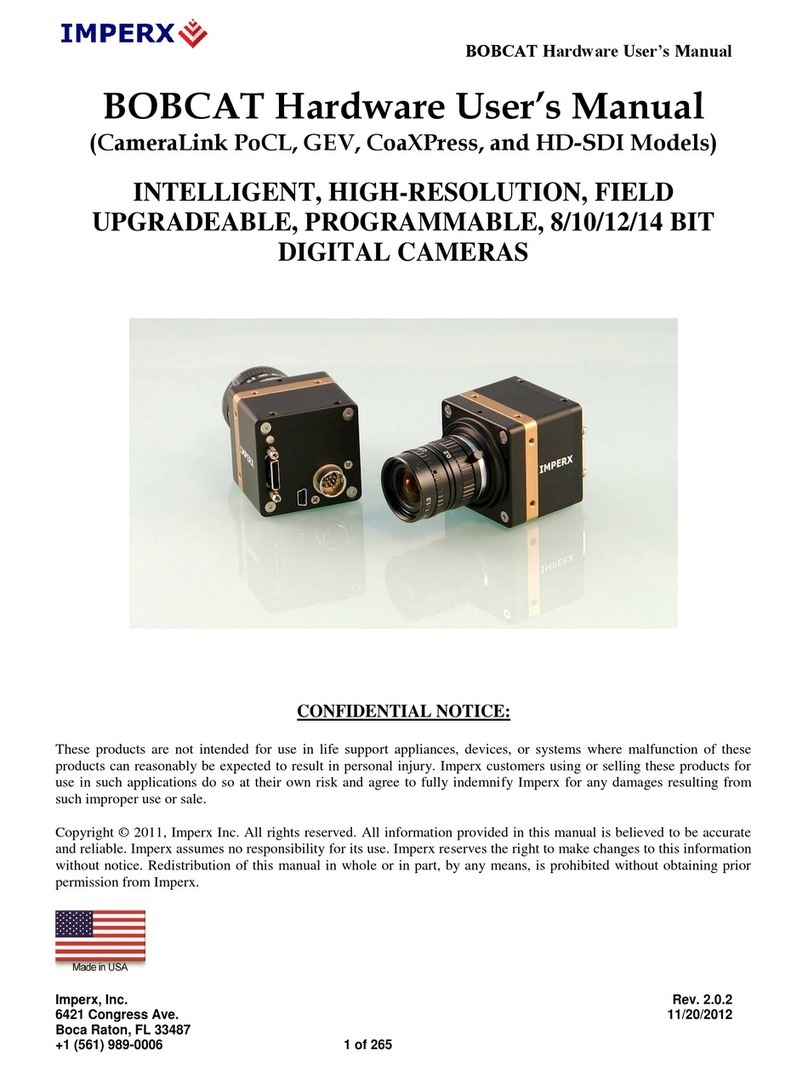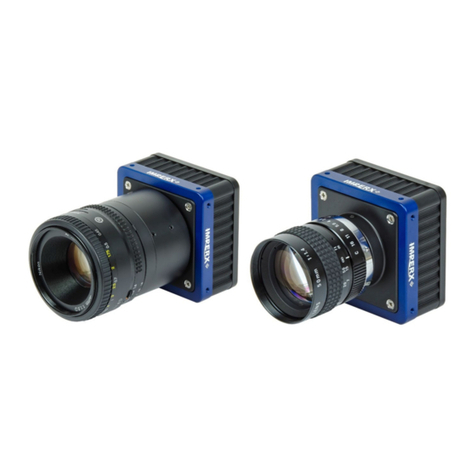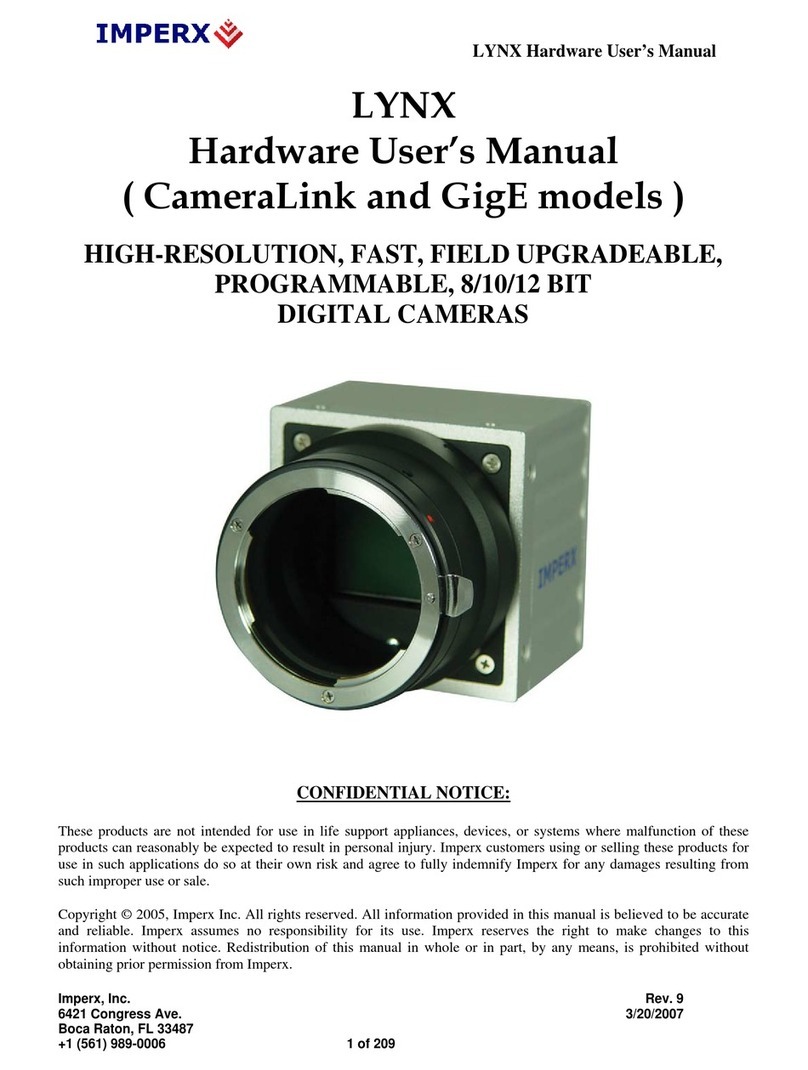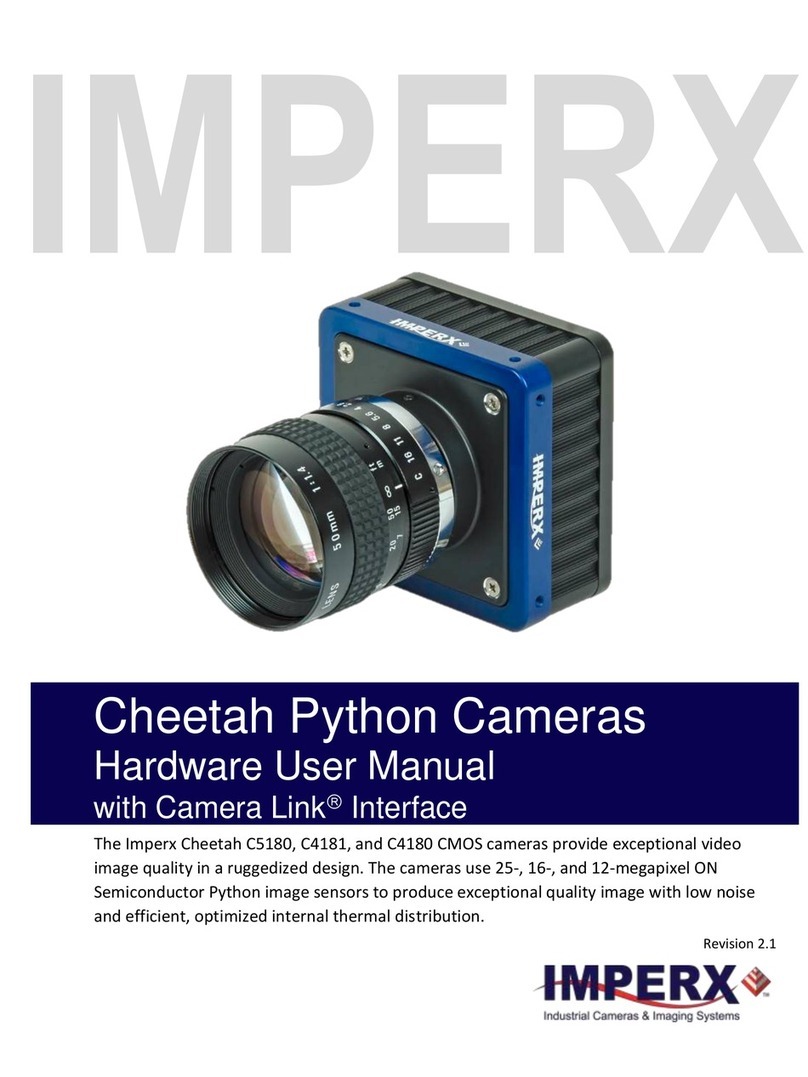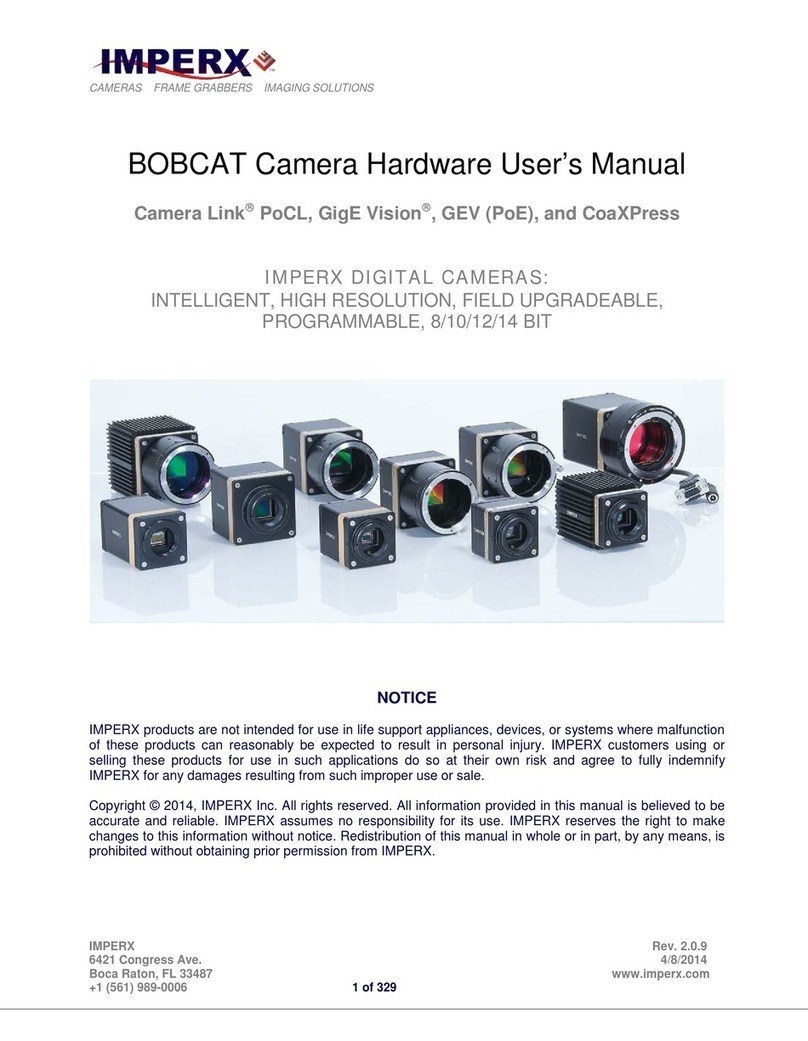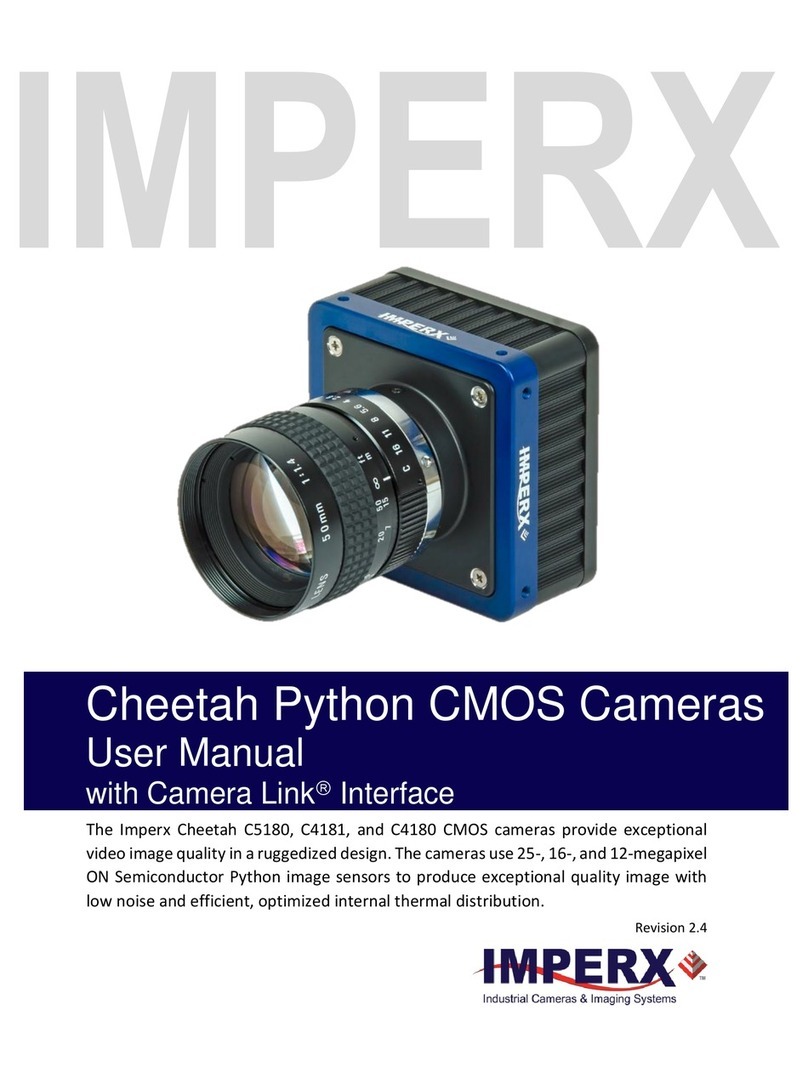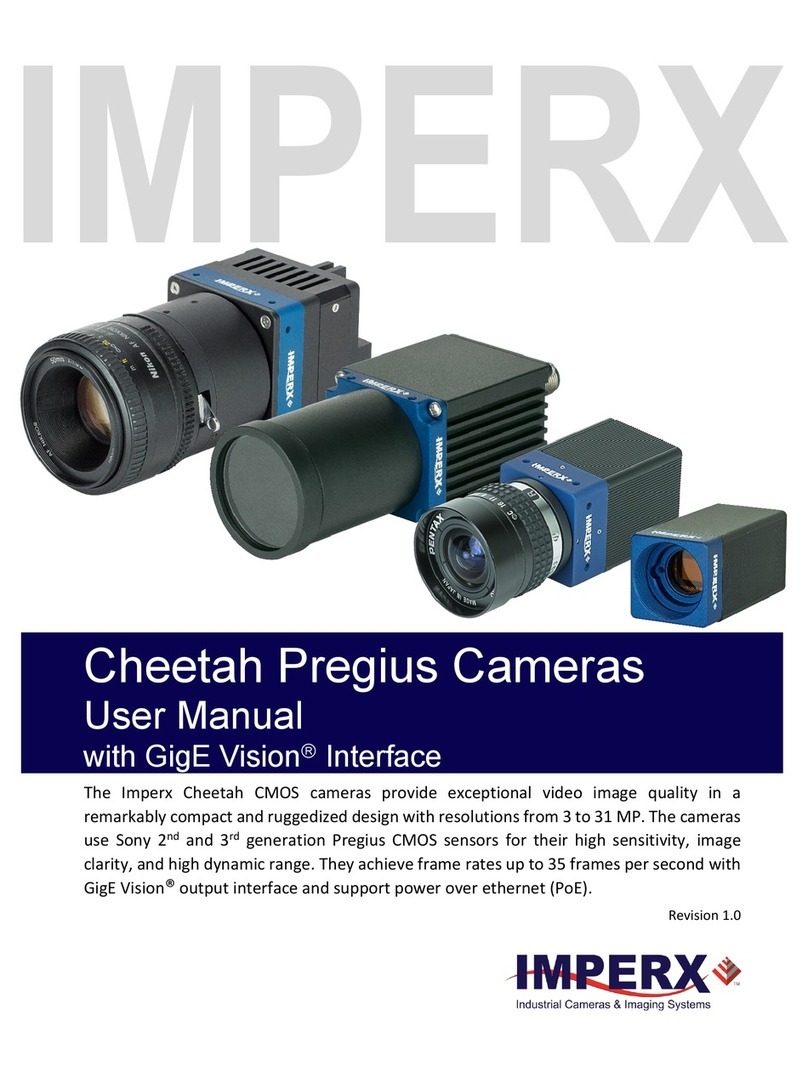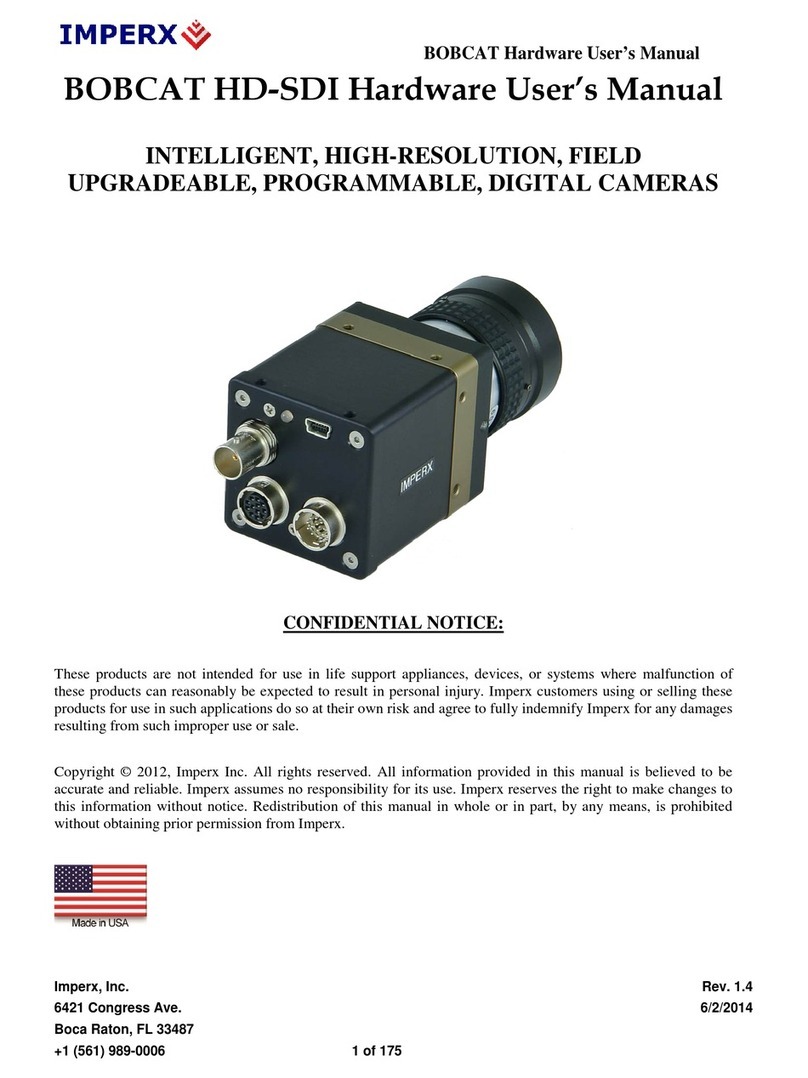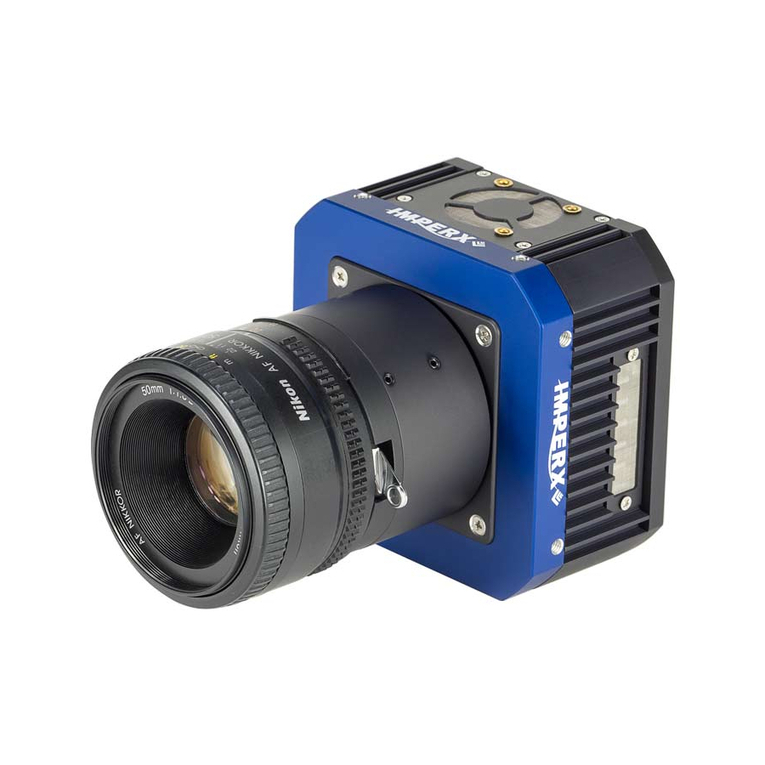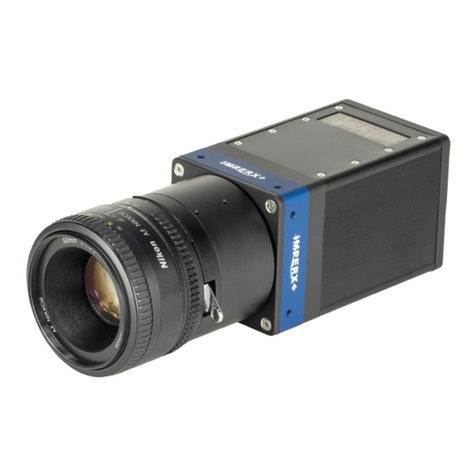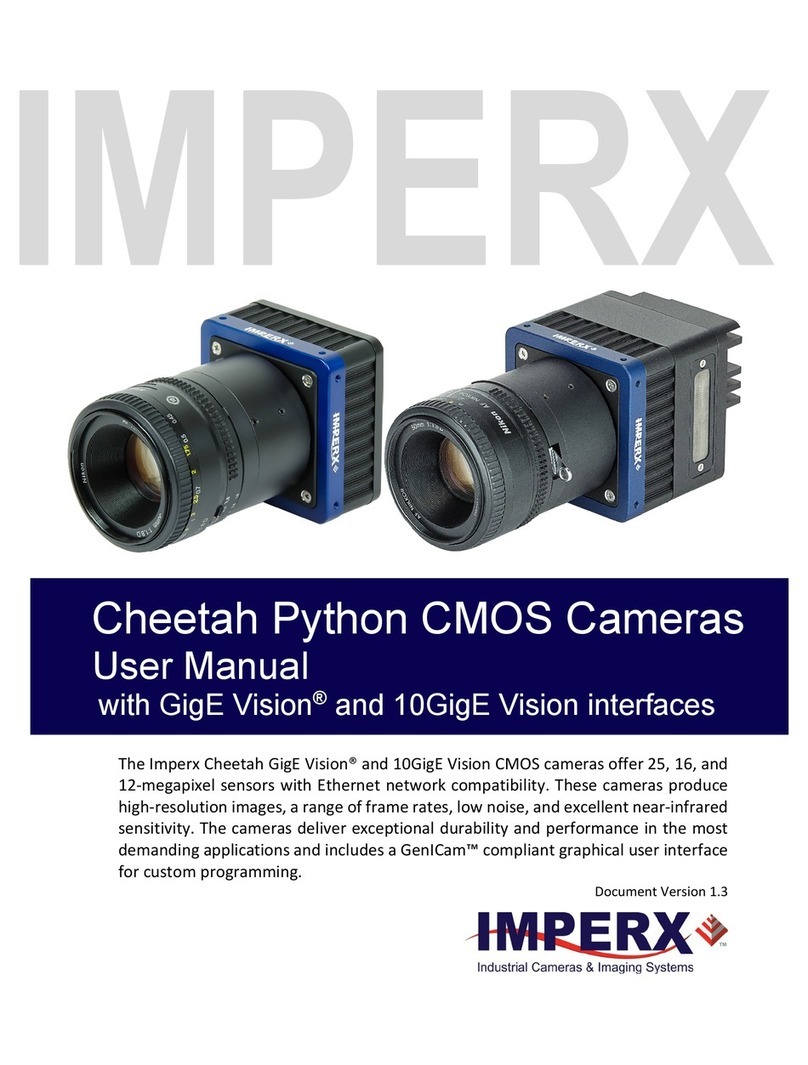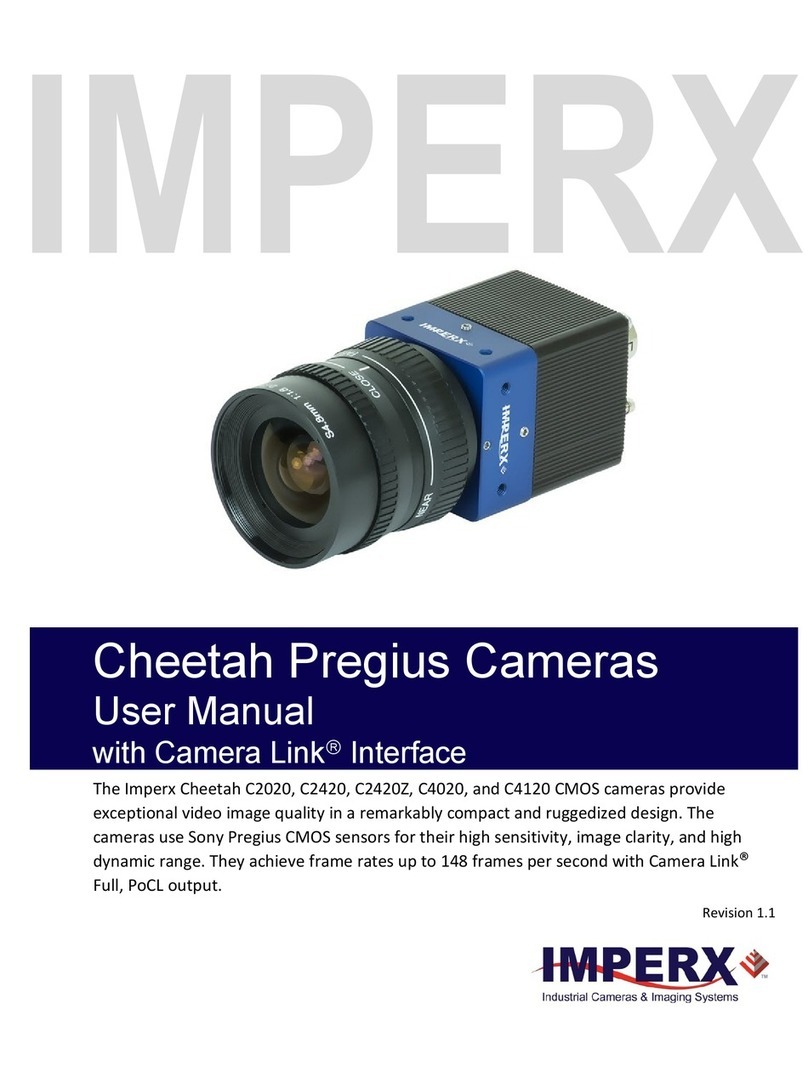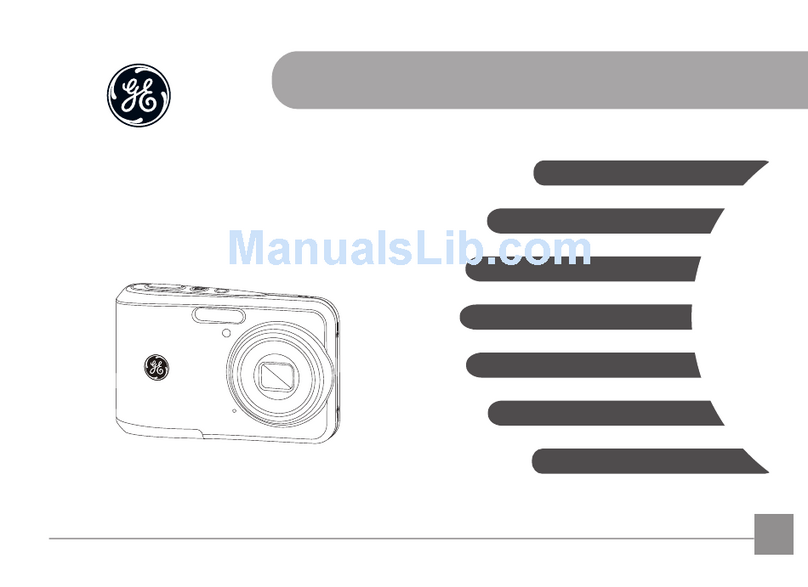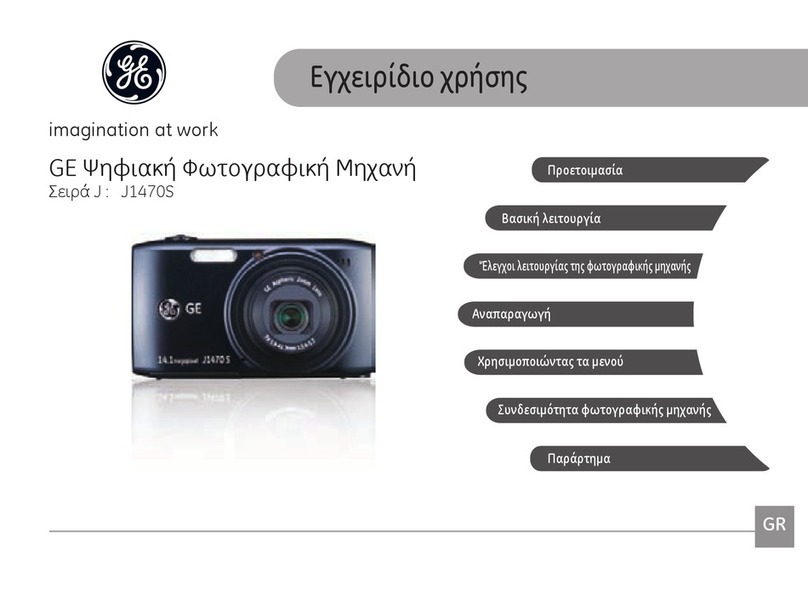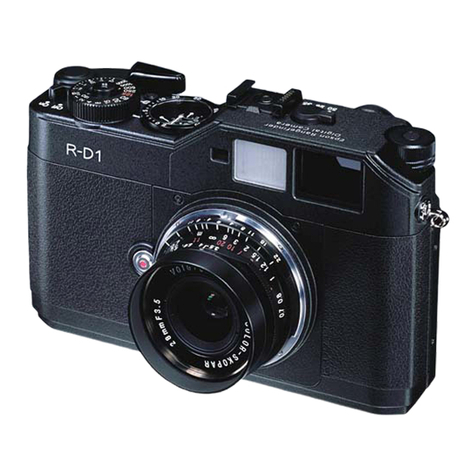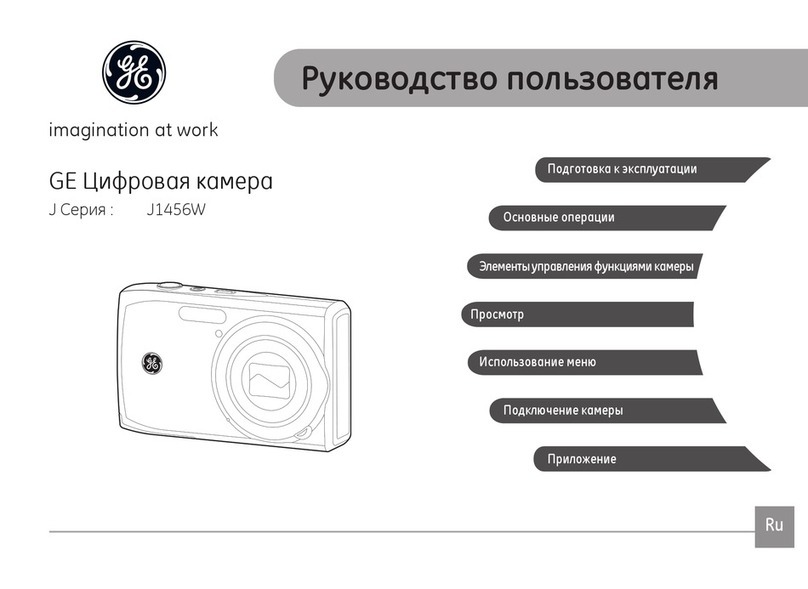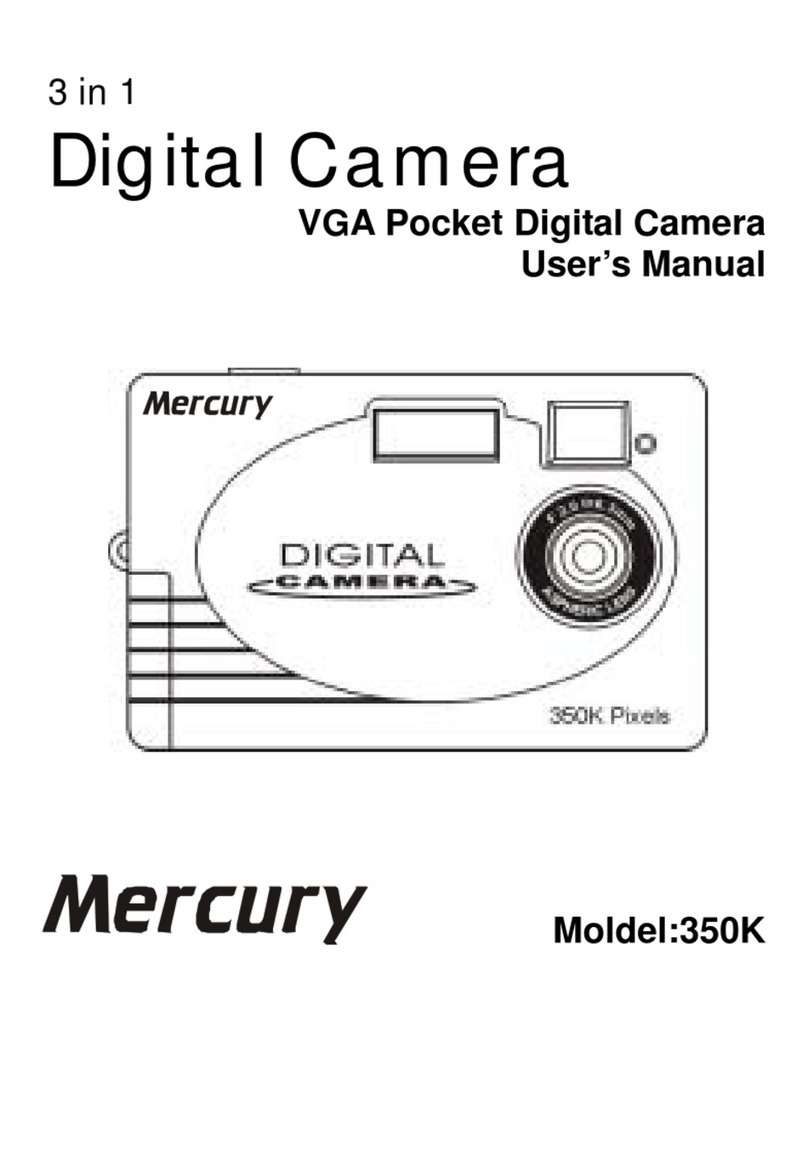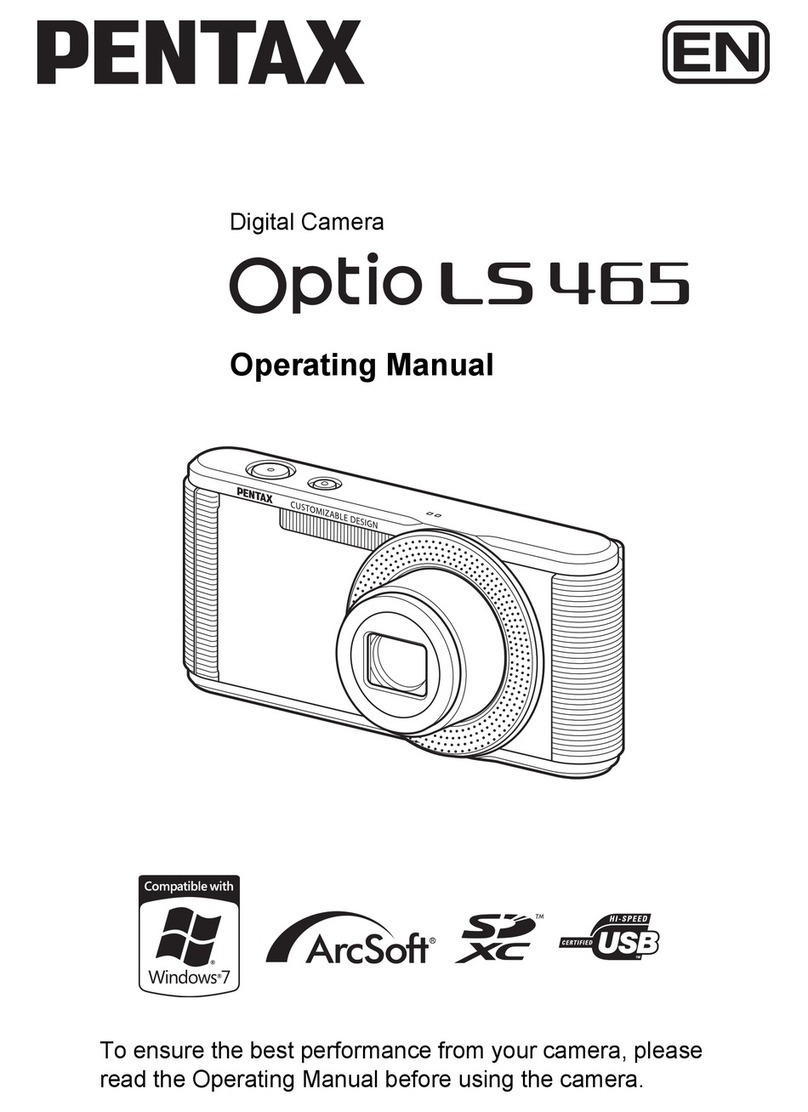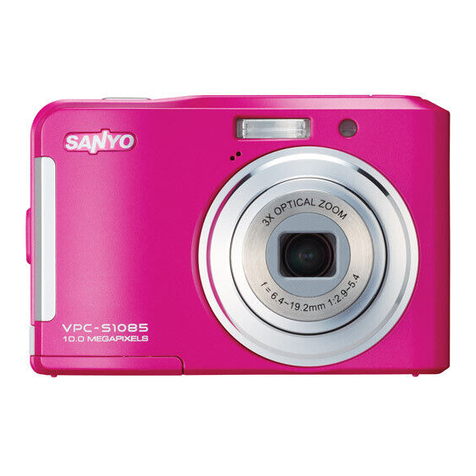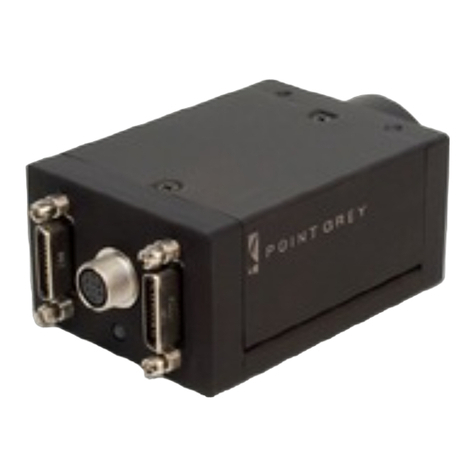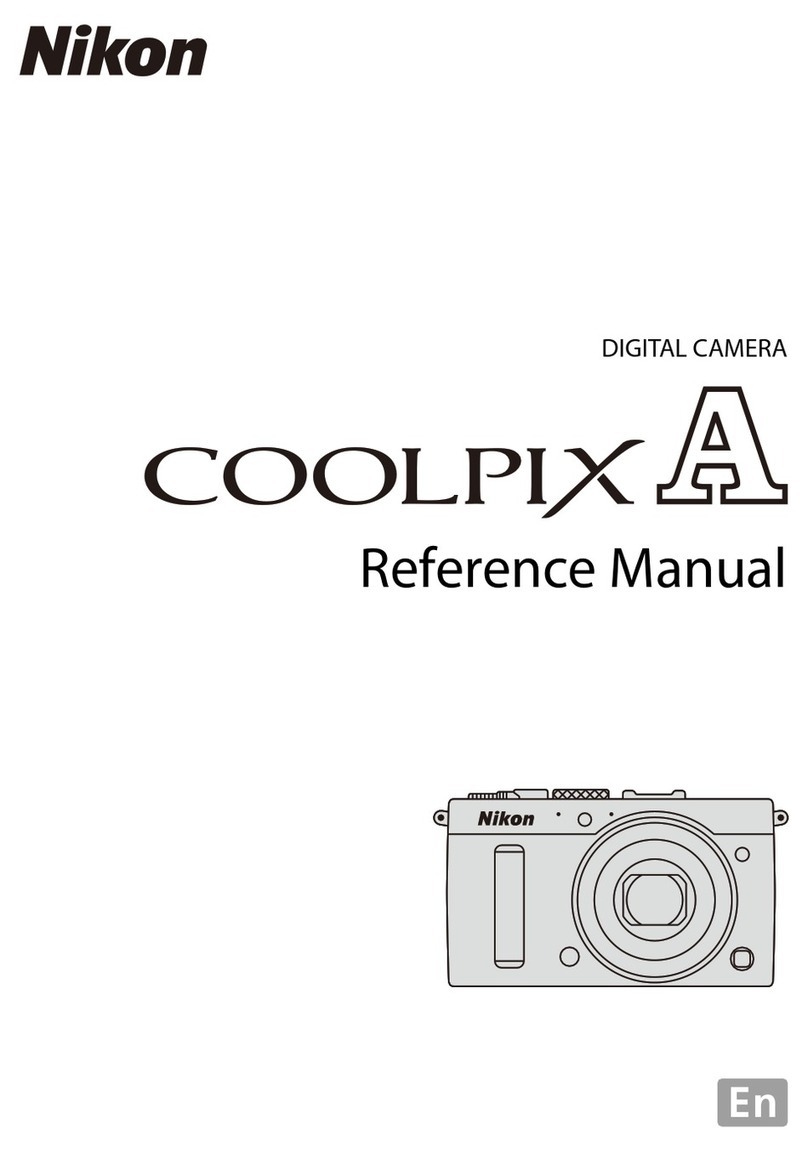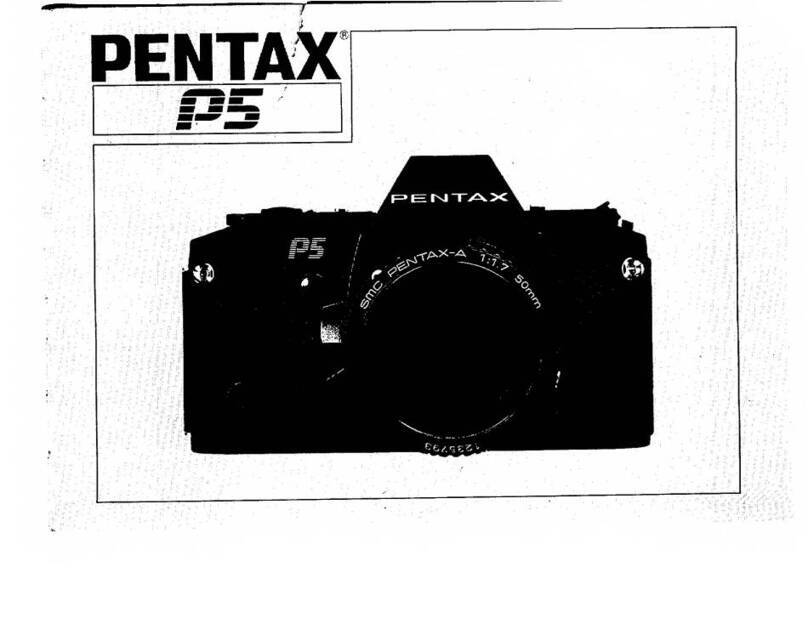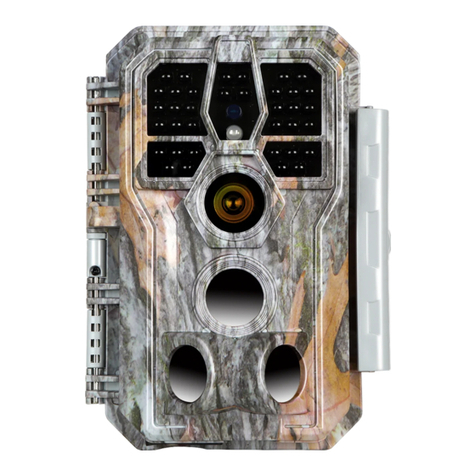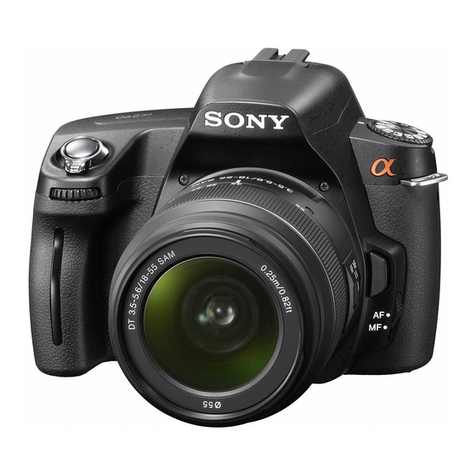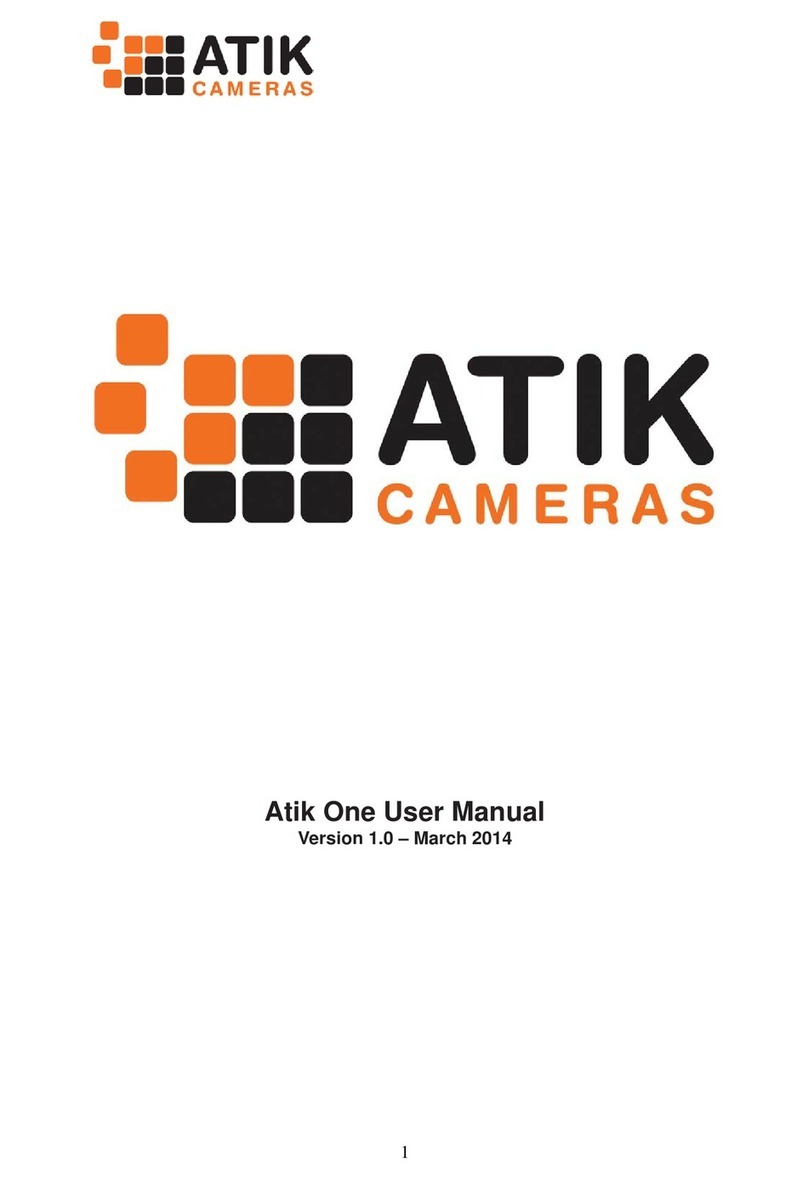
Cheetah KAC Camera User Manual | Camera Link (CLF) Interface
October 1, 2019 Page 5 of 135 Rev 7.2
4 Cheetah Configurator for Camera Link ........................................................................66
4.1 Overview ...................................................................................................66
4.2 Discovery Procedure.................................................................................. 66
4.3 Graphical User Interface............................................................................ 67
4.4 Main GUI Menu .........................................................................................69
4.5 View GUI Windows.................................................................................... 72
4.6 Menu Help .................................................................................................73
4.7 Parameter Window ...................................................................................74
4.7.1 Dual Video (Frame A / Frame B) Window......................................... 74
4.7.2 Trigger Inputs.................................................................................... 78
4.7.3 Pulse Generator ................................................................................79
4.7.4 Strobe Control and Output Mapping................................................80
4.7.5 Data Output ......................................................................................82
4.7.6 Color ................................................................................................. 83
5 Camera Features .........................................................................................................85
5.1 Dual Video (Frame A / Frame B)................................................................85
5.1.1 Frame A / Frame B Description......................................................... 85
5.1.2 Dual Video – Frame A / Frame B Switching ......................................86
5.2 Global / Rolling Shutter .............................................................................86
5.3 ADC Digitization.........................................................................................87
5.4 Frame Time Control...................................................................................87
5.4.1 Internal Line and Frame Time Control ..............................................87
5.4.2 Camera Output Control .................................................................... 87
5.5 Area of Interest ......................................................................................... 88
5.5.1 Overview........................................................................................... 88
5.5.2 AOI Horizontal and Vertical Window................................................88
5.5.3 Factors Impacting AOI Frame Rate ...................................................89
5.6 Subsampling ..............................................................................................91
5.6.1 Pixel Averaging .................................................................................91
5.6.2 Subsampling Decimation ..................................................................92
5.7 Exposure Control .......................................................................................93
5.7.1 Internal Exposure Control, Electronic Shutter.................................. 93
5.7.2 External Exposure Control ................................................................95
5.7.3 Variable Frame Time – Programmable Line and Frame Time ..........96
5.8 Camera Triggering .....................................................................................96
5.8.1 Triggering Inputs...............................................................................96
5.8.2 Acquisition and Exposure Control .................................................... 97
5.8.3 Triggering Modes.............................................................................. 97
5.9 Strobes....................................................................................................... 99
5.10 Video Amplifier Gain and Offset............................................................100
5.10.1 Analog Domain – Manual Control ................................................100
5.10.2 Digital Domain – manual control..................................................101
5.11 Wide Dynamic Range Function .............................................................101
5.11.1 Overview.......................................................................................101
5.11.2 Wide Dynamic Range Controls .....................................................106
5.11.3 Initial WDR Setup Recommendations...........................................108
5.11.4 WDR at Maximum Frame Rates (image artifact prevention) .......109
5.12 Data Output Format ..............................................................................110
5.12.1 Bit Depth.......................................................................................110
5.12.2 Output Taps ..................................................................................111
